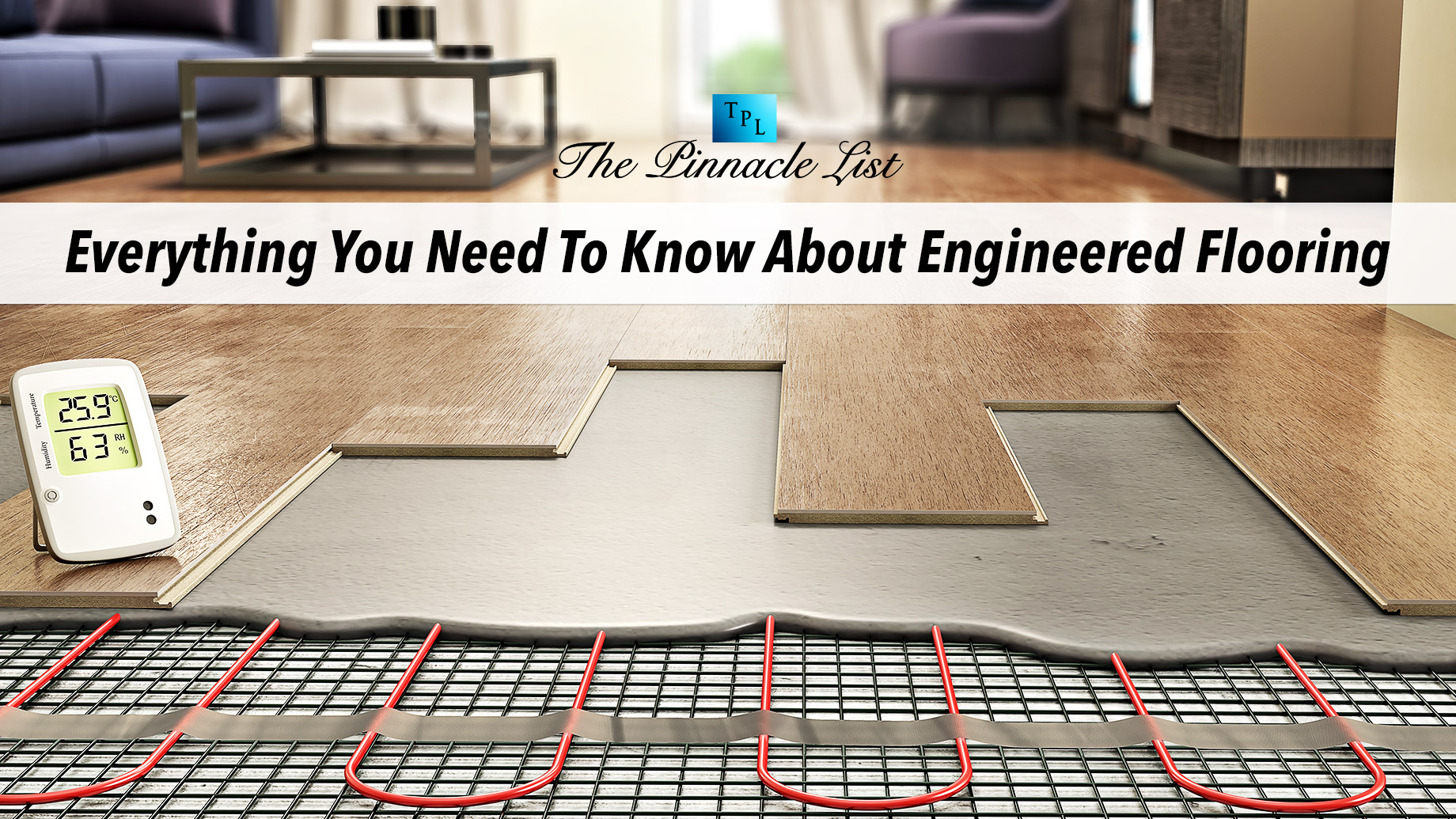
If you are in the market for a new floor, you may be wondering if engineered flooring is the right option for you. This type of flooring has become increasingly popular in recent years, and for good reason. Engineered flooring is durable, looks great, and is affordable. In this blog post, we will discuss everything you need to know about engineered flooring!
1. What is engineered flooring, and what are the benefits over other types of flooring?
Engineered flooring is a type of flooring that consists of a plywood or HDF core with a veneer layer on top. This veneer can be made from any type of wood, including oak, maple, cherry, and more. Engineered flooring is designed to be more stable than solid hardwood floors, as well as less likely to warp or dent over time, making it ideal for rooms that experience a lot of temperature and humidity changes. It is also more affordable than solid hardwood, making it a great option for budget-conscious shoppers.
2. How is it made, and what are the different types of engineered wood floors?
Engineered flooring is made by bonding multiple layers of wood together. The top layer, or veneer, is the only layer that is visible once the floor is installed. The type of wood used for the veneer will determine the look and feel of the engineered floor. For example, engineered floors with a maple veneer will have a lighter appearance, while those with an oak veneer will be darker.
There are two types of engineered wood floors: floating and glue-down. Floating floors are designed to click together, making them easy to install. Glue-down floors require the use of adhesive to attach the flooring to the subfloor.
3. The installation process
The first step in installing engineered flooring is to acclimate the boards to the room where they will be installed. This is done by allowing the boards to sit in the room for 48 hours prior to installation. This allows the wood to adjust to the temperature and humidity of the room, which will help prevent problems later on.
Next, you will need to prepare the subfloor. If you are installing engineered hardwood over an existing floor, you will need to make sure that the surface is clean and free of any debris. If you are installing engineered hardwood on a new subfloor, you will need to install a moisture barrier.
Once the subfloor is prepared, you can begin installing the engineered flooring. Floating floors can be installed by clicking the boards together, while glue-down floors require the use of adhesive.
4. The cost of engineered wood flooring
The cost of engineered wood flooring varies depending on the type of wood, the quality of the flooring, and the installation method. In general, plank floors tend to be more expensive than parquet or tile floors. The installation method will also affect the cost, with the floating method being the most affordable and the nail-down method being the most expensive. However, engineered flooring is generally more affordable than solid hardwood floors. For example, engineered oak flooring can cost as little as $12 per square foot, while solid oak floors can cost upwards of $20 per square foot.
5. Is this type of flooring right for your home?
Engineered wood flooring is a great option for many homes. It is easy to install, durable, and looks great. However, there are a few things to keep in mind before deciding if engineered wood flooring is right for your home.
One thing to consider is the type of subfloor you have. Engineered floors can be installed over most types of subfloors, but if you have a concrete subfloor, you will need to install a moisture barrier. Additionally, engineered wood floors can be more difficult to repair than solid hardwood floors.
Another thing to keep in mind when shopping for engineered hardwood flooring is the thickness of the wear layer. The wear layer is the top layer of wood that will be exposed to foot traffic and other wear and tear. A thicker wear layer will be more durable and longer-lasting, but it will also be more expensive.
Finally, remember that engineered hardwood floors are not suitable for every room in your home. They should not be installed in bathrooms or other rooms where there is a lot of moisture. If you have any questions about whether or not engineered hardwood floors are right for your home, please consult a professional before making your purchase.
Engineered hardwood floors are a great option for those looking for the beauty of hardwood floors with the added stability and durability of engineered wood. They come in a variety of styles and can be installed using a variety of methods, making them a versatile flooring option for any home. Keep in mind that they require some special care and maintenance to keep them looking their best, but with proper care, they will last for many years to come. Be sure to purchase from a reputable dealer and installer to ensure the best results.